2 Common Mistakes People Often Make When Using A Foam Roller.
These days, foam rollers are everywhere — the gym, your physiotherapist’s office and your best friends living room!. After all, foam rolling has emerged as the darling of the fitness world and the remedy for many different aches. Yet you have know idea how to use this round (daunting) appearing hard and painful tool!
Essentially, foam rolling is a form of self-massage, which gets rid of adhesions in your muscles and connective tissue. Foam rolling furthermore can help to increase blood flow to your muscles and creates improved mobility, helping with recovery and improving performance.
And that is why everyone tells you, you need to own one. Foam rolling offers tremendous potential to relieve pain and help you move better and who wouldn’t want to relieve that lower back pain, or that consistent throbbing in your knee?... if used the right way it is pure bliss! However if you are not shown how to use one correctly you could risk irritating, and possibly injuring, your body further.
Here’s a breakdown of two common mistakes people often make when using the foam roller.
Mistake 1 - Low-Back Pain
If your lower back hurts, foam roll your hips. Why? If your hips are really stiff, you're forced to bend at your waist instead. As a result this puts pressure on your lower back, especially if weight is added during an exercise and leads to pain and injury over time."
However the most common mistake people make especially when it comes to lower back pain is that they try to treat the lower back when in fact the pain is being caused from tension imbalances in other areas of your body.
Work on the key areas that attach/affect the lower back first, specifically the gluteus (buttocks) and hamstrings.
Once I changed my foam rolling exercises to work these areas my lower back pain reduced dramatically.
Mistake 2 - Knee Pain
Poor stability in your hip joint can cause your iliotibial (IT) band to overcompensate during exercise, leading to knee pain. In an attempt to minimise the pain, many people foam roll the wide strip of tendon on the outside of their thigh in hopes of loosening it. However, the IT band is like a chunk of leather, and it could take hours of foam rolling it to make any difference.
If your knees hurt, consider rolling the inside of your thigh instead. This can help decrease any inflammation in the muscles that pull on the knee joint.
Consider that even though you have knee pain, the origin of the problem may be above or below the point of pain, which means you shouldn’t only roll out around the knee but also up towards your hips and down toward your ankles.
Any muscle that can pull on the knee and cause misalignment or improper tracking can cause knee pain. A muscle group that can affect the alignment of our knees is our quads.
Many of people have tight quads and hips because we now sit more each day then we did years ago, we also have added increased inactive to our glutes. Because our glutes are inactive we tend to overuse our quads. This overuse of our quads as a result can cause poor movement patterns and extremely tight muscles, which can lead to knee pain.
Remember: Most importantly, understand what the origin of your pain is before you start your foam roller session. Know what you are attempting to accomplish through foam rolling and how to do it correctly. And don’t forget to stick with it. The benefit of self-massage is achieved with repeated use of using the roller.
Grab your foam roll before each workout, and say goodbye to your aching body. If you use the correct techniques, a foam roller can act like a really good, free masseuse. If the pain persists or continues to get worse, see a qualified health professional.
Foam rolling not only prepares your body for the pressures of a workout, but it also relieves aches and prevents them from coming back.
To learn more about how to use a foam roller and its benefits attend one of our FREE in-store workshops. Join Now – Click Here
Cheers


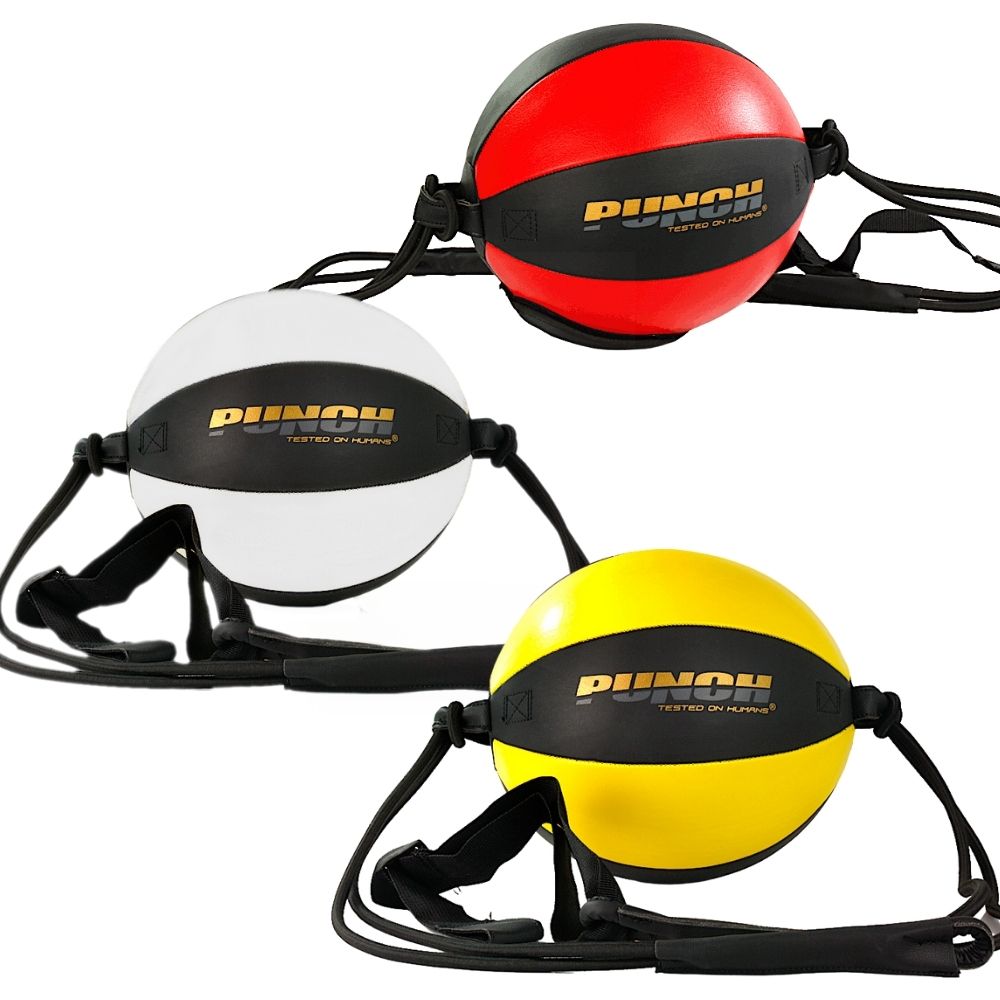
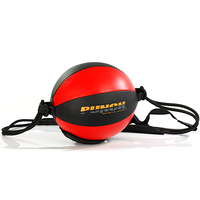
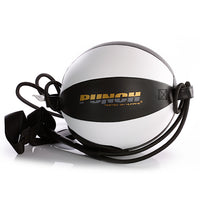
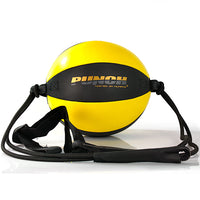
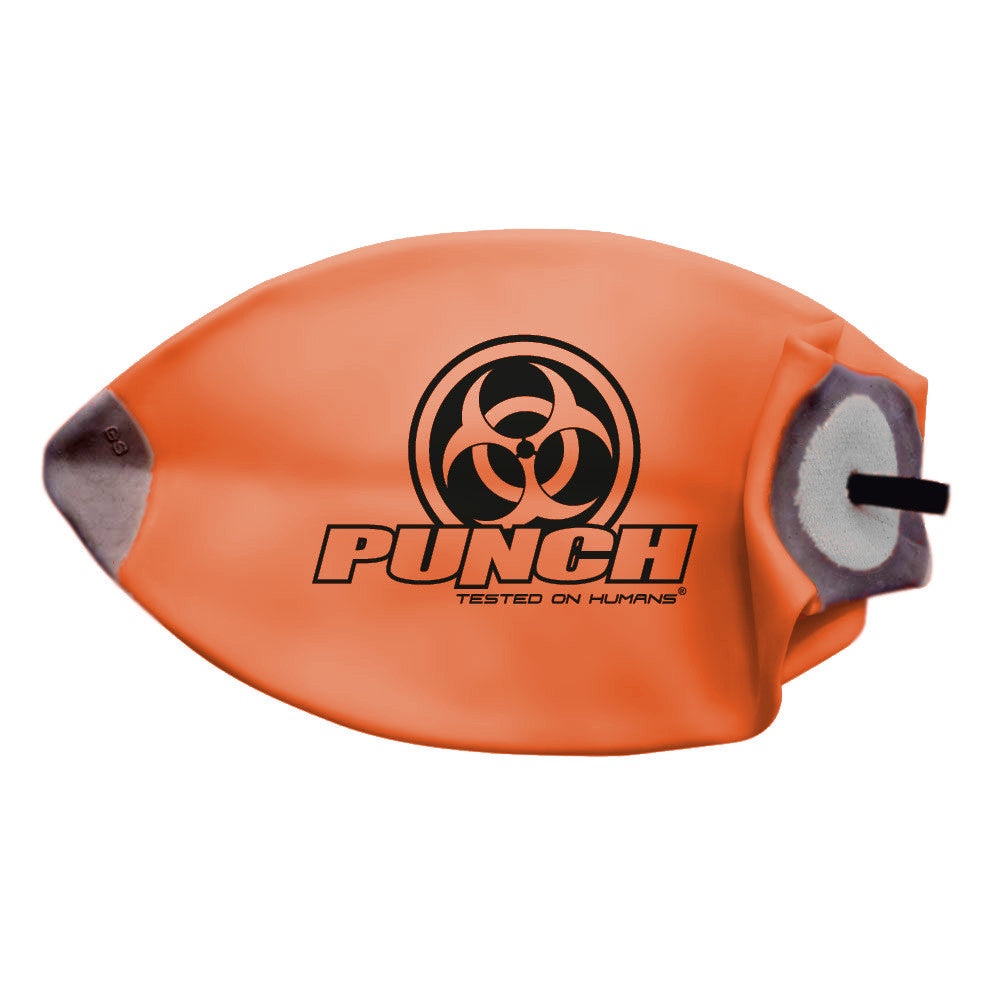









Leave a comment